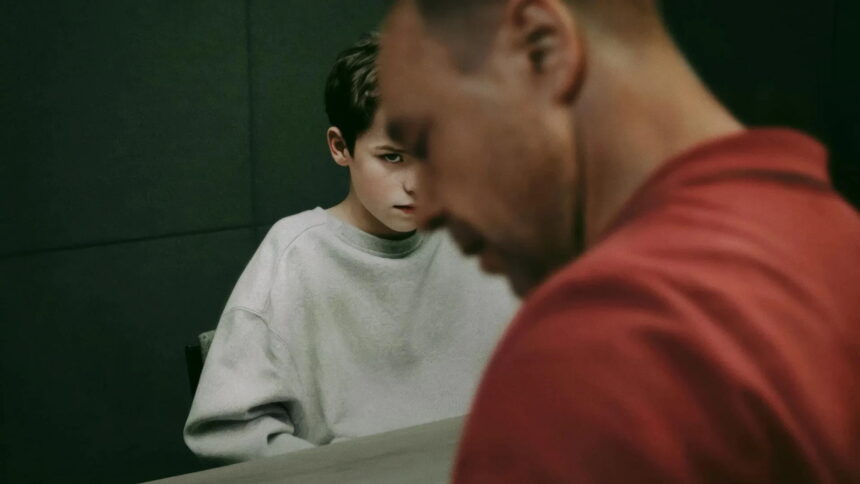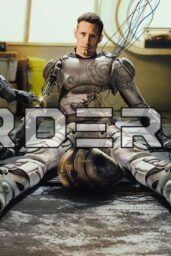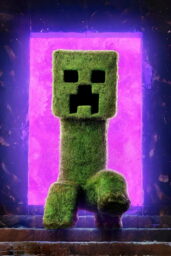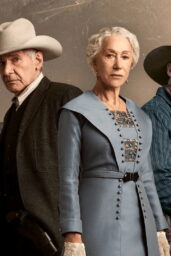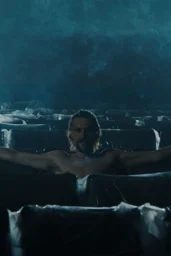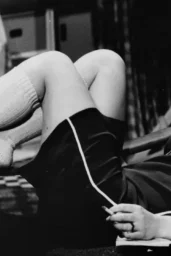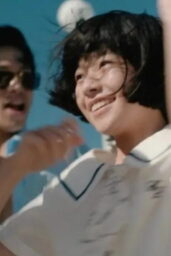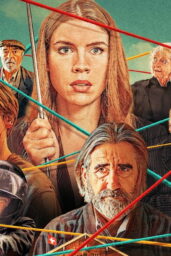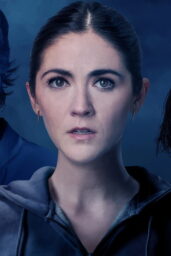Imagine this: A show that doesn't blink. That traps your eyes and refuses to look away. That's Adolescence. And it's coming back.
When Adolescence exploded onto Netflix back in March, it didn't just dominate streaming charts—it dominated the conversation. Now, the show's producers, backed by Brad Pitt's Plan B, have confirmed a second season. But here's the twist: Season 2 isn't your typical follow-up. It's being shaped as an anthology. Bold? Sure. Predictable? Not even close.
Let's unpack why this move is more than just another season renewal. It's a paradigm shift.
A Hook That Doesn't Let Go
Let's rewind. Adolescence was never your average whodunit. It was raw. Visceral. Shot entirely in continuous takes, it refused to let you escape. The story of a 13-year-old boy accused of murder peeled back layers—not just of guilt, but of a broken system. Police, schools, therapy, family: no institution was spared.
Now imagine doing that again. Only this time, from another angle. A new case. A new boy. A new trauma. All told with that same claustrophobic, immersive camera work.
Gardner, one of the executive producers, hinted at the ambition driving this pivot. “You can look away from a news article,” she said. “But when a show doesn't give you that option? That's when it cuts deeper.”
The One-Take Philosophy: Not a Gimmick
Let's clear something up. Philip Barantini's one-take technique wasn't just for style points. It was a thesis. In a media landscape saturated with cuts and filters, Adolescence said, “No. Sit. Watch. Feel everything.”
Think of it like VR for the soul—except the goggles are emotional.
And now, with Barantini in talks to return, that same directorial philosophy is likely to carry over to Season 2. Because let's face it: you don't dismantle institutions by glancing at them. You do it by staring until they shatter.
The Anthology Model: Risk or Revolution?
Switching to an anthology format is a gamble. No recurring characters. No cliffhanger payoffs. But that's also its power.
If Adolescence Season 1 was about a boy and a crime, Season 2 could be about a man and his rage. Or a father and his silence. Or a teenager and her first encounter with systemic betrayal.
It's storytelling with freedom baked in.
Think True Detective but more intimate. More unresolved. Think The Wire if it stared at just one room, one moment, one act of violence—and never flinched.
What “Staying True to the DNA” Actually Means
It's easy to toss around phrases like “staying true to the DNA.” But here, it means something. It means staying uncomfortable. Staying relevant. Staying real.
Barantini, Graham, and co-creator Jack Thorne built a story that didn't spoon-feed answers. They made viewers do the work. Season 2 isn't ditching that; it's doubling down.
So if you thought Adolescence was a one-hit wonder? Think again. It's just changing costumes.
Real Talk: Why This Show Has Teeth
Let's not forget what made Adolescence blow up in the first place. It wasn't just the acting (though Stephen Graham's performance was nuclear). It wasn't even the twisty plot.
It was the urgency.
Violence, especially male violence, doesn't often get this kind of lens. It's usually framed as a plot point. Here, it's a pathology. Explored. Picked at. Dismantled.
That's what makes the idea of an anthology so exciting. Each season can dissect a new facet of this rage. From different classes. Different races. Different homes.
Like a sociological kaleidoscope.
Numbers Don't Lie—But They Don't Tell the Whole Story
Yes, the stats are impressive. 115 million views. Fourth most popular English-language show on Netflix. But forget the rankings for a sec.
Adolescence didn't just trend. It tattooed itself into the culture.
On Reddit? Dozens of breakdowns per episode. On TikTok? Emotional reaction videos. Twitter/X? Meme gold. This show didn't just resonate—it reverberated.
The Takeaway
So where does that leave us? With more questions than answers—and that's exactly the point. Adolescence never spoon-fed its audience. It stared them down. Now, with a second season on the horizon, that gaze is only getting sharper.
Would you dare not look away?

